
◎Human-Computer Interaction (HCI)
Affect sensing and recognition from multiple modalities and cues has attracted much attention recently, with important applications in human-computer interaction. However, this research area is still in its infancy and it is an under-explored field. There are many challenges faced when moving to multimodal affective interaction. For example, how to acquire and annotate affect data using multiple sensors or modalities, especially the spontaneous data in natural settings; how to effectively extract and select representative features from different modalities for affect recognition; how to synchronize data or features from different modalities; how to select the fusion strategy of multimodal affect data for a given application, etc.. It is also necessary to investigate which modalities and cues are the most suitable for which application context. To address these challenges, we have to adapt the existing approaches or find new techniques suitable for multimodal affective interaction. Relevant topics include (but are not limited to):
• Face Tracking, Recognition, and Analysis,
• Gesture Tracking and Recognition,
• Human Tracking, Identification,
• Human Behavior Analysis,
• Gait Recognition.

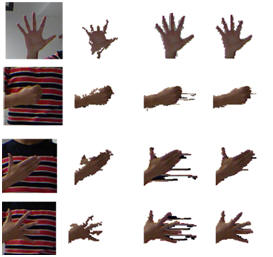

◎Character Recognition for License Plate and multimedia content
For content-based information analysis, we may also apply the technology of the video text detection and recognition. The caption information is a useful clue in multimodal approach for dealing with the multimedia information retrieval and understanding. For example, the news videos caption recognition, license plate recognition, and vehicle identification. Accurate video OCR is a major technology for searching news video archives. In this field, we focus on the OCR technology applying for the wearable device such as APPs design, driving recoder, and google glasses. Relevant topics include (but are not limited to):
• Optical Character Recognition,
• Vehicle Recongition,
• Content Analysis,
• Video Braodcasting,
• Multimedia System.
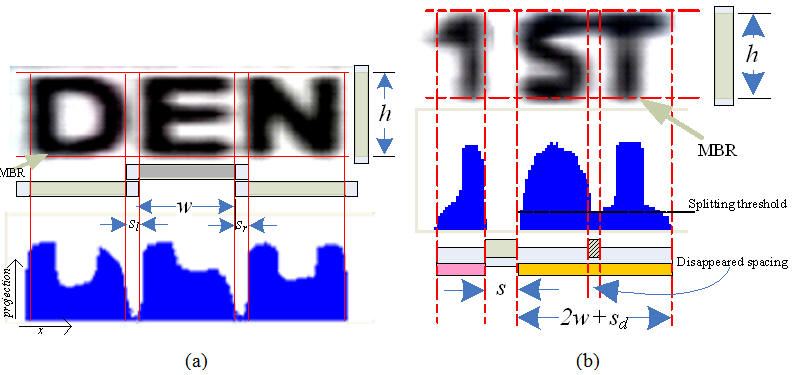

◎Biometric Analysis
Recently, the biometric analysis of the human face has been shown to reveal a large amount of physical and psychological information. The use of biometrics in gender classification has resulted in the field of biometrics expanding at a rapid rate. Biometrics can reveal a substantial amount of high-level semantic information, including gender, age, ethnicity, and emotion.


◎Intelligent Video Surveillance
The topics in the intelligent surveillance system have been researched many years. The further researches for event recognition and activity identification such as hand gesture recognition, gait, fall detection and so on. Recently, the research of video surveillance system with multiple cameras become popular due to the more reliable information about control environment can be used. The most common security systems install at the entrance of builds and critical indoor have been wildly presented. Based on the captured video sequence, it is not only can obtain the situation of getting in/out security zone, but also enable continuously monitor the safety of indoor. The commercial video surveillance system operate with Internet Protocol (IP) camera, Pan Tilt Zoom (PTZ) camera, Panoramic camera, fixed CCTV camera as allows the use of tracking and unusual event detection.
![]()

◎Content-based Multimedia Analysis
Nowadays, a considerable amount of digital video contents are disseminated through Internet every day due to the fast progress of advanced communication framework. Effectively measuring users’ attention when they observe images and videos has thus become an important task in many multimedia applications, such as multimedia information retrieval, users content interaction, and multimedia search. The attention analysis of multimedia data is challenging since different models have to be constructed according to different attention characteristics. The question of how to provide ways for users to access only useful video content (resulting in a reduction in transmission cost) has led to key research focusing on this area. Relevant topics include (but are not limited to):
• Content-based Information Retrieval,
• Video Search, Indexing, and Summarization,
• Computational Neuroscience and Imaging,
• Neuro-marketing.
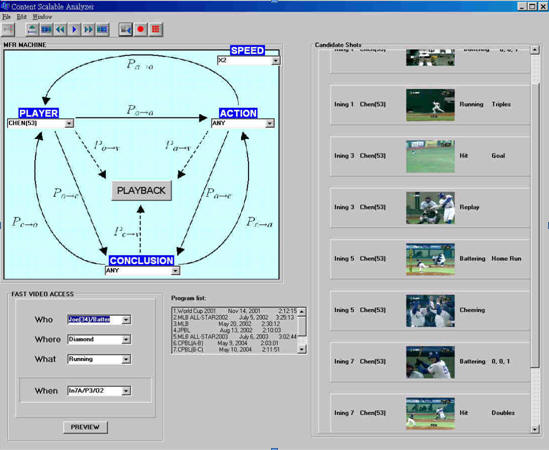

◎Applications of Human Attention and Sensation
Effectively measuring users’ attention when they observe images or videos is an important task in many multimedia applications, including multimedia information retrieval, users-content interaction, and multimedia searching. Numerous researches have focused on learning the user’s preference without the need for any explicit input by the user. Visual and contextual information are two of the most significant cues for inspecting the semantic knowledge of video content.
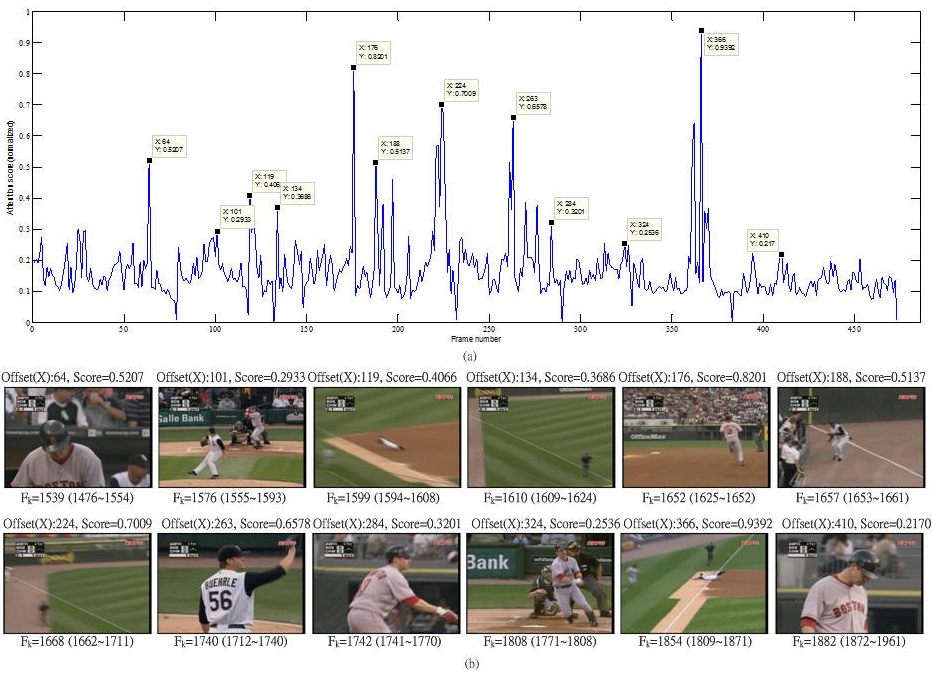

◎Vehicle Modeling, Classification, and Identifiaction
We aim to construct the vehicle feature model and deal with the vehicle identification problem without depending on the license plate recognition (LPR). The proposed system is applicable for detecting the fare evasion in electronic road pricing system. In the experiments, the completed vehicle model can be successfully built even though the training dataset are suffering the partial occlusion.
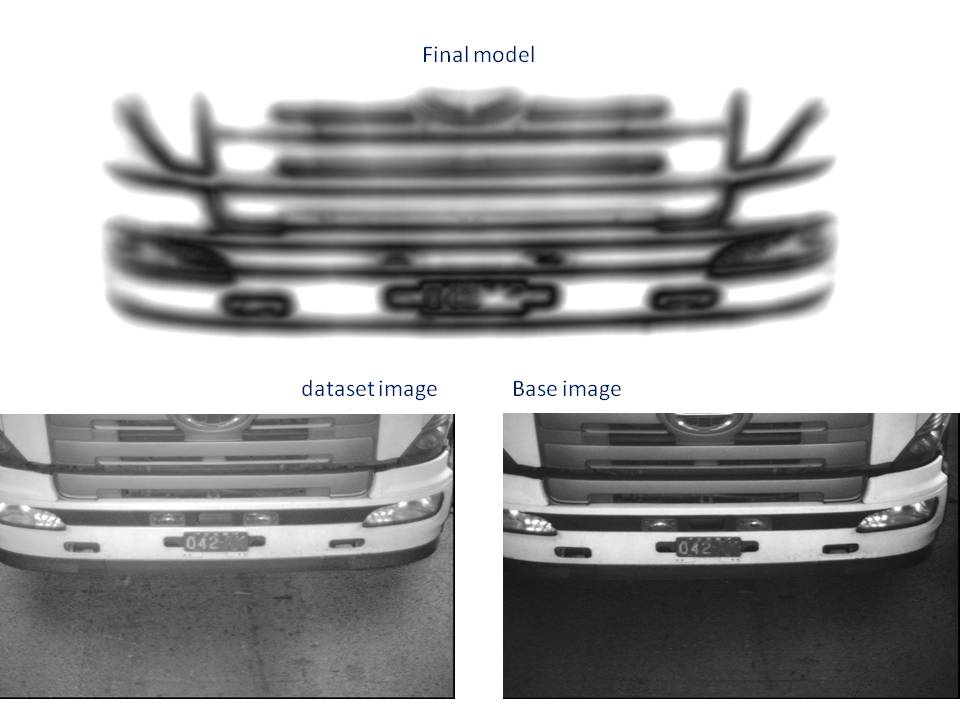

◎Image Segmentation
We focus on the color-based image segmentation using the proposed color MM processing by means of a bottom-up scenario. We present an improved color mathematical morphology (MM) method specifically designed for color image segmentation applications.
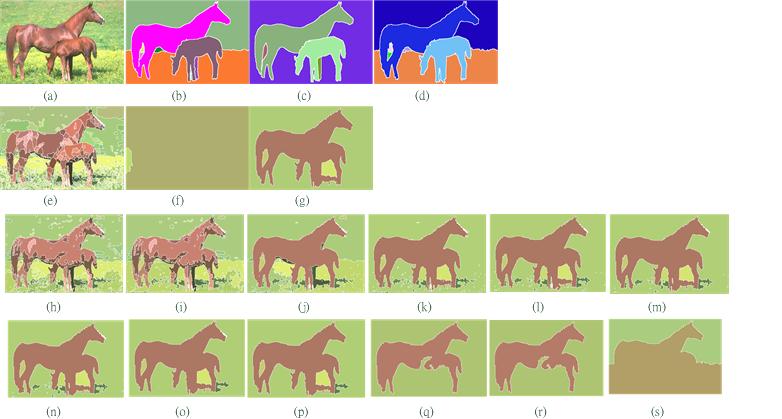

◎Content-based Near-duplicate Detection
Near-duplicate detection is different from other Information Retrieval (IR) tasks in how it defines what it means for two documents to be “similar. In many IR tasks document similarity refers to semantic “relevance” among documents, which are could be syntactically very different but still relevant. In contrast, the definition of similarity in duplicate detection in early database research is very conservative, which is mainly to find syntactically “almost-identical” documents. Near-duplicate detection is the task to identify and organize documents that are “nearly identical” to each other. A more changeling topic is to deal with the similar content capturing different angle (view) or recorded from the different environment conditions. Relevant topics include (but are not limited to):
• Multimedia Content Understanding,
• Digital Copyright Management, and Infringement,
• Image and Video Albums Management,
• Edition(Version) Management.
◎Applications of Embedded System
